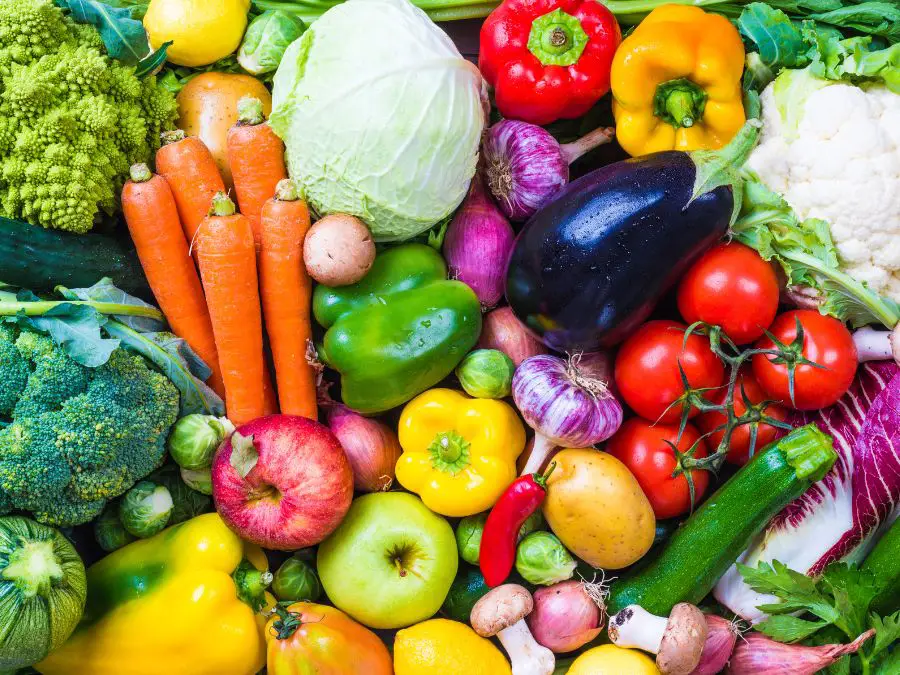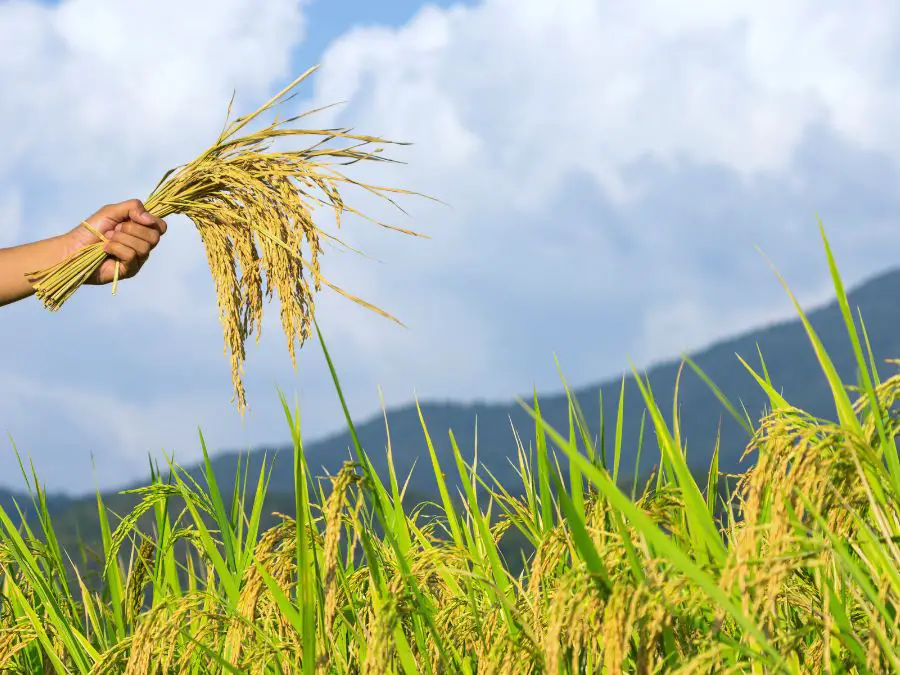Food waste is a huge problem in the U.S. and around the world. People throw a lot of food away daily, which wastes a lot of resources and creates a lot of pollution. According to the Environmental Protection Agency (EPA), Americans waste roughly 350 pounds of food per person each year. Much of this food waste occurs later in the food chain, in restaurants, industrial kitchens, supermarkets, and homes.
However, the EPA reports that individuals can also play a part in reducing food waste by only buying and using what they need at home. In this blog post, we’ll explore what is food waste, who’s affected, and tips to help fight the growing food waste crisis.

What Is Food Waste?
There are two primary types of food loss and waste: food loss and food waste. The larger category is food loss, which includes any edible food uneaten at any point. This includes crops left behind in the field, food that spoils during transit, and other food that’s not sold in a shop.
Food is lost at practically every stage of the food manufacturing process. The Economic Research Service (ERS) of the United States Department of Agriculture (USDA) defines food waste as “food abandoned by merchants due to color or appearance and different preferences by customers. Food waste consists of the half-eaten meal left on a restaurant plate, food leftovers from making a meal at home, and sour milk poured down the drain at any home.
“Reducing food waste is one of the most effective actions you can take to address climate change.”
— Project Drawdown
Who Is Affected by Food Waste?
More Food Waste, More Methane Emissions
More methane emissions are caused by food decomposing in landfills than if all the cars in the U.S. were driven for a year. Also, methane is a greenhouse gas that majorly contributes to global warming. The EPA estimates that about one-third of all landfilled organics come from households and businesses; the rest comes from farms and other agricultural operations. This organic material accounts for approximately 10% of all U.S. methane emissions annually!
More Food Waste, More Fuel Waste
Nearly 40% of the food produced by farmers worldwide is not eaten. This wasted food accounts for a lot of wasted fuel and fuel resources. 30% of the fuel consumed by the United States is used for farming and transportation of the crops that go to waste annually. So, less wasted food and less energy used for transporting the food = less fuel consumption! Less energy used = less pollution emitted! Less money spent on wasted foods = more money in your pocket. Less money spent = better standard of living.
More Food Waste, More Land Waste
In 2021, the UN Environment Programme (UNEP) reported that almost 17% of food was wasted. This amounts to hardly a quarter of the food produced for human consumption. This food waste leads to much land, water, and energy waste, as food can rot in landfills. Moreover, wasted food means wasted resources, as it takes 1847 gallons of water to produce one pound of meat and 132 gallons to produce one pound of wheat.
Top 6 Most Wasted Food
According to UN Food and Agriculture Organization data from 2016, these are the most wasted foods, with percentages showing the total food waste that each food group represents:
1. Potatoes, Beets, Radishes, and Carrots (46.2%)
Every year, 3 billion pounds of potatoes, enough for 6 billion people, are thrown away.
2. Vegetables and Fruits (45.7%)
At least half of the world’s annual production of fruits and vegetables is lost or squandered every year due to factors such as drought, pests, storage, transit, and retail issues.

3. Shrimp, Tuna, Salmon, and Other Seafood (34.7%)
In 2016, aquaculture produced 80 million tons of fish, making it the world’s largest seafood supplier. Marine fisheries generated 79.3 million tons, while freshwater fisheries supplied 11.6 million tons.
Sadly, more than 33 percent of fisheries are overfished, with the worst cases of unsustainable fishing occurring in the Mediterranean and the Black Sea, Southeast Pacific, and Southwest Atlantic, the utter waste and inefficiency of fishing vessels is astounding. More than 27 percent of all harvested fish is either discarded or allowed to decay on decks before being sold, which amounts to around 50 million tons of potential food.
4. Rice, Bread, and Cereal (29.1%)
Around 347 million cereals, including bread and rice, are wasted annually.

“Wasting food is like stealing from the table of those who are poor and hungry.”
— Pope Francis
5. Chicken, Beef, and Pork (21.5%)
Households lose around 570 000 tons of fresh meat each year, about £1,300 million in value, of which roughly could still be eaten. That is equivalent to about 50 million poultry, 1.5 million pigs, and 100,000 beef cattle. That’s about 12 billion animals wasted annually around the globe.
6. Cheese, Yogurt, and Milk (17.1%)
17 percent of all yogurt is wasted, which amounts to 1.5 million tons of yogurt annually. Yogurts that are still sealed makes up around 50% of yogurts that customer throw away.

“The earth gives us everything we need to live, but it’s up to us to make sure that it continues to do so for generations to come.”
— Tristram Stuart
How We Can Avoid Wasting Food
Whenever you go shopping, create a detailed shopping list only to purchase the necessary items.
Second, poor food storage results in an enormous quantity of food waste. Many people are unsure how to properly store fruits and vegetables, resulting in early ripening and ultimately spoiled food.
For example, it’s best for potatoes, tomatoes, garlic, cucumbers, and onions, to be stored at room temperature rather than refrigerated. Another simple trick to avoid food waste is to separate foods that emit ethylene gas from those that do not. Ethylene accelerates ripening in foods and may cause spoiling. Bananas, avocados, and peaches are examples of foods that create this gas.
Frequently Asked Questions (FAQs)
Author’s Note
These are just some of the many ways how we may significantly reduce the enormous volumes of food that are now being thrown away worldwide. It is unacceptable that so much food is wasted when there are approximately one billion people across the globe who are starving.

